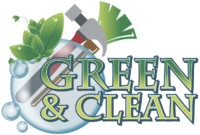When discussing chimney anatomy, many homeowners are curious about the various components that make up the structure—particularly the part that’s most visible from the outside. So, what is the top of a chimney called? The answer isn’t just a single word. The top of a chimney comprises several critical components that serve different functions, all essential to the chimney’s performance, safety, and longevity.
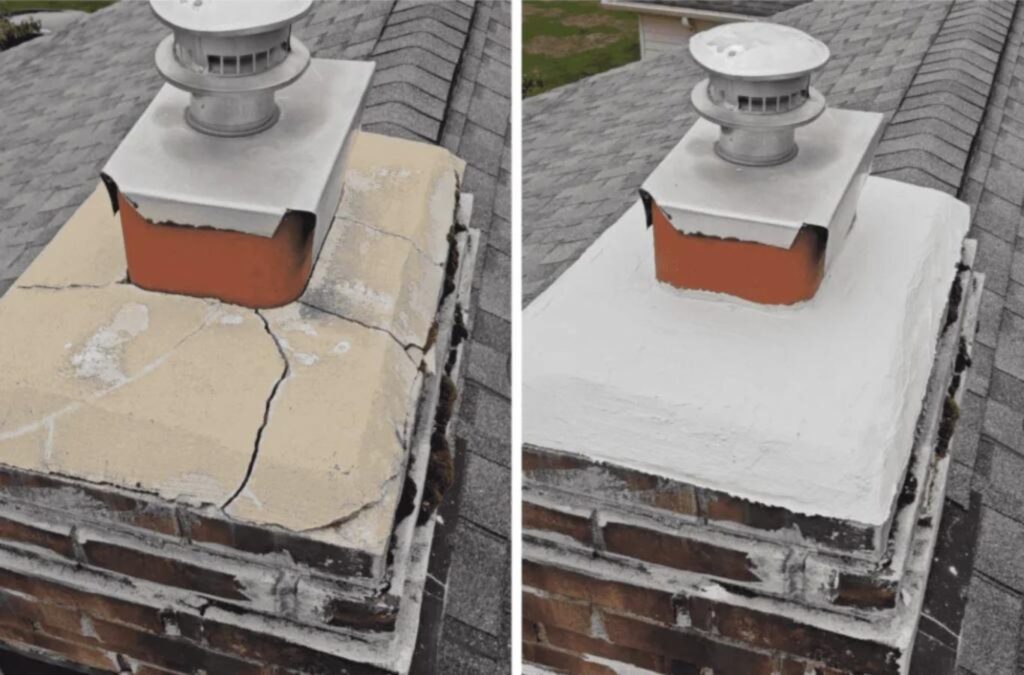
Understanding Chimney Architecture
A chimney may appear simple from the ground, but its construction involves a range of parts designed to manage smoke, prevent water entry, and protect against fire hazards. The top of the chimney is where some of the most important components are located, making it vital for both function and protection.
Each part at the chimney’s summit has a distinct name and purpose. Collectively, these parts include the chimney crown, chimney cap, flue, and in some cases, spark arrestors or rain covers. Understanding what each part does helps homeowners recognize signs of wear or damage and take appropriate action.
The Chimney Crown
The chimney crown is the slab of concrete, mortar, or stone that sits on top of the chimney stack. Its primary role is to shed water away from the chimney structure. A well-designed crown is sloped to direct rainwater off the edges rather than letting it seep into the masonry.
A poorly constructed or damaged crown can lead to moisture penetration, which causes brick spalling, internal leaks, and even mold. For homes in colder climates like Northeast Ohio, freeze-thaw cycles make a compromised crown particularly hazardous.
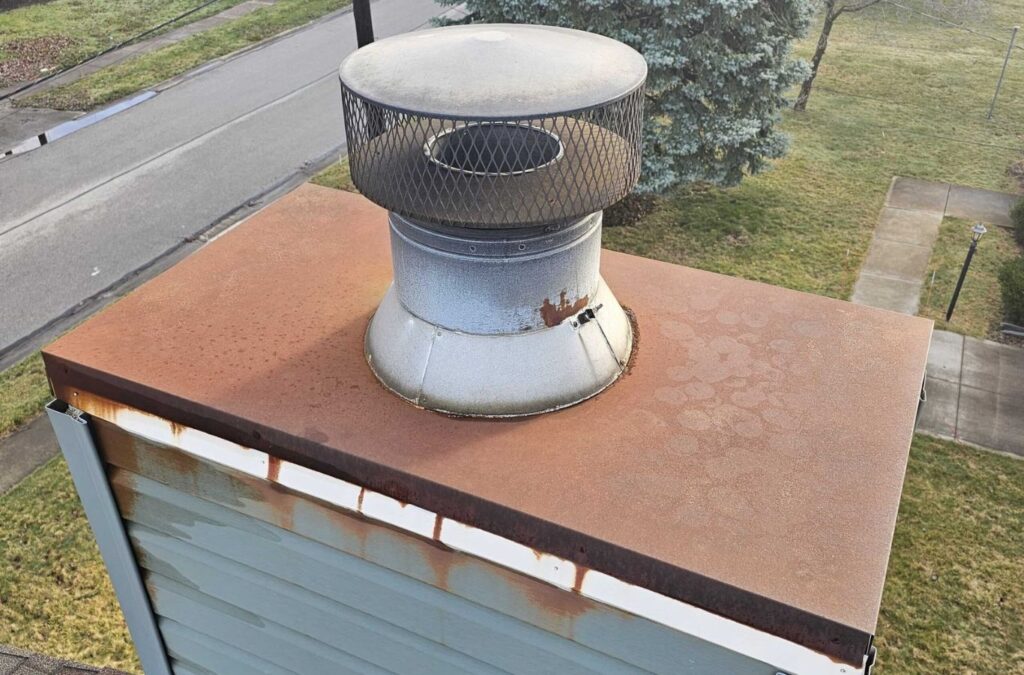
The Chimney Cap
Often confused with the crown, the chimney cap is a metal covering that sits on top of the flue(s) and usually includes a mesh screen. It acts as a guard against animals, rain, and debris, while allowing smoke and gases to vent safely from the home.
Chimney caps are essential for several reasons:
- Preventing animal entry: Squirrels, raccoons, birds, and even insects can enter uncapped chimneys.
- Blocking rain and snow: Moisture inside the chimney flue can cause rust, structural damage, and odor.
- Stopping downdrafts: Caps help prevent outside air from reversing into the home.
- Reducing fire risks: Spark arrestors built into some caps catch embers before they can ignite nearby materials.
For many homeowners, the chimney cap is the first line of defense against structural damage and safety risks.
The Chimney Flue
The chimney flue is the internal passage through which smoke and combustion gases escape the home. The flue may be made of terra cotta tile, stainless steel, or cast-in-place liners. At the top of the chimney, the flue terminates in an open or capped exit point.
When looking at the top of a chimney, the flue is the part where smoke exits. Multiple-flue chimneys will have several flue terminals extending above the crown. Each one should be individually capped to prevent intrusion and water entry.
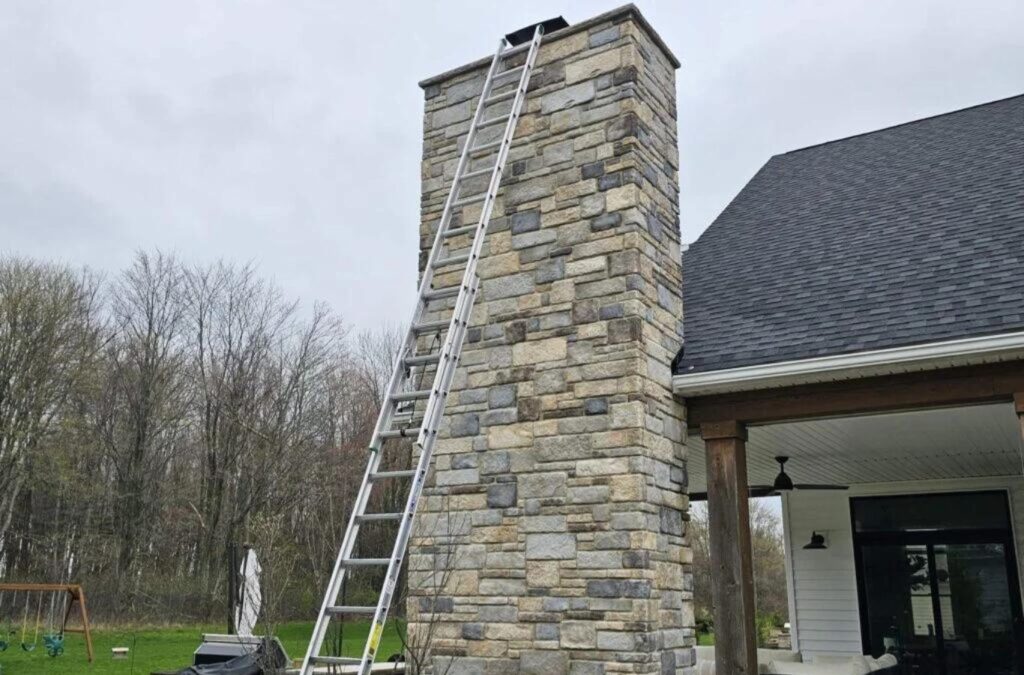
Spark Arrestors and Rain Covers
Additional components sometimes attached to the chimney cap include spark arrestors and rain covers. Spark arrestors are designed to catch embers before they escape the chimney, which is particularly important in areas prone to wildfires. Rain covers add an extra layer of protection against water intrusion beyond what the crown and cap can handle alone.
Signs of Trouble at the Chimney Top
Knowing what the top of a chimney is called is only part of the equation. Homeowners should also be aware of signs that these components are failing or need maintenance. Common issues include:
- Cracked or deteriorating chimney crown
- Missing or damaged chimney cap
- Rust or staining around the flue exit
- Animals nesting inside the chimney
- Water stains on ceilings or walls near the fireplace
Annual inspections can identify and address these problems early. The Chimney Safety Institute of America (CSIA) strongly recommends routine inspections and maintenance.
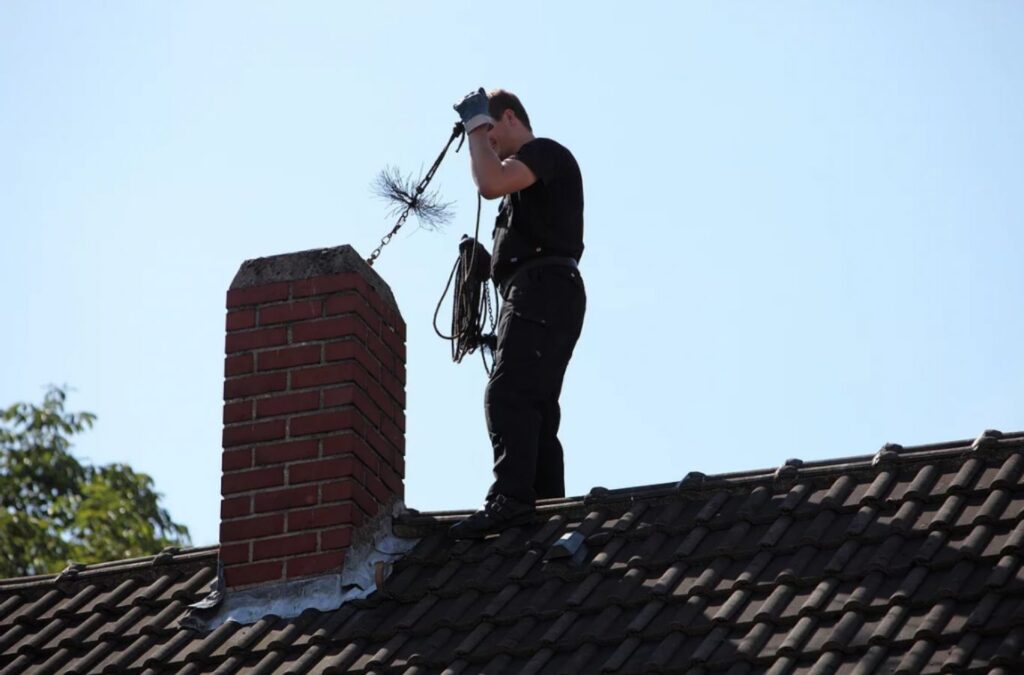
Who Installs and Repairs Chimney Tops?
Installing or repairing the top components of a chimney should be done by professionals experienced in chimney systems. Roofing contractors sometimes offer cap installation, but chimney specialists have the knowledge to inspect flues, crowns, and liners comprehensively.
In Northeast Ohio, Green & Clean Home Services specializes in chimney caps, crowns, inspections, and repairs. Their technicians ensure every part of your chimney system functions safely and efficiently, protecting your home for the long term.
Importance of Proper Design and Materials
Chimney crowns should be built with a proper slope and overhang. Caps should be corrosion-resistant and securely fastened. Even small flaws can result in major water damage or fire hazards over time. In freeze-thaw climates, masonry damage caused by poor crown construction is a leading cause of chimney deterioration.
Investing in the proper design and materials at the chimney’s top not only protects the structure but also reduces long-term repair costs.
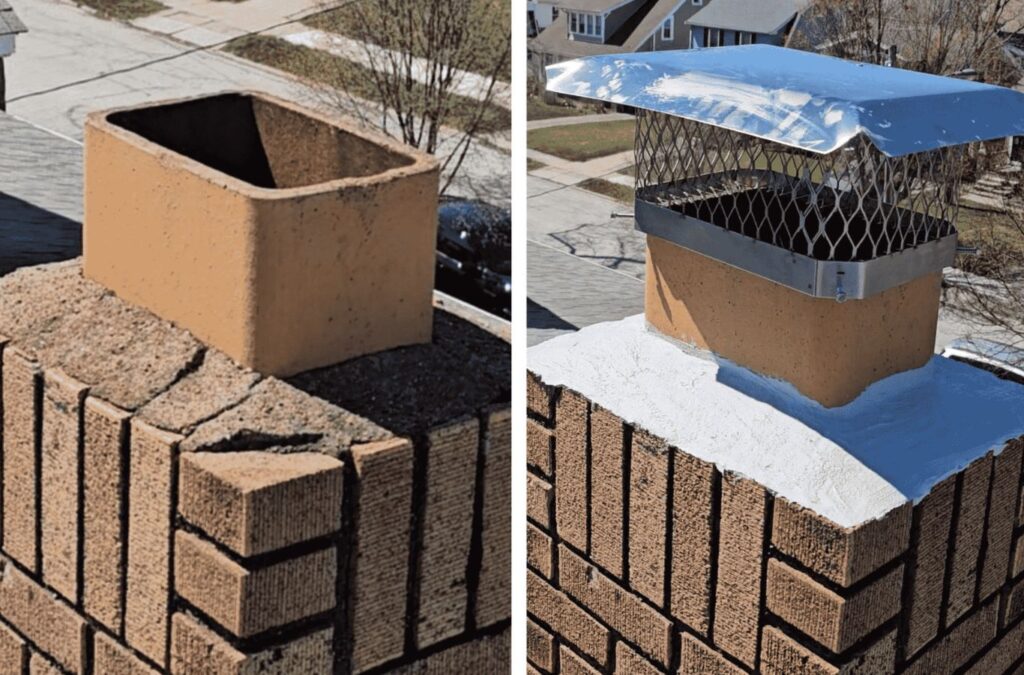
Conclusion
So, what is the top of a chimney called? It’s not just one thing. The top of a chimney includes several key components:
- The chimney crown, which directs water away from the structure
- The chimney cap, which blocks animals, rain, and downdrafts
- The flue, which vents smoke and gases
- Optional features like spark arrestors and rain covers
Each part plays a vital role in maintaining chimney safety, function, and longevity. Understanding their purpose helps homeowners take proactive steps to prevent issues. For reliable chimney inspection and repair, Green & Clean Home Services offers expert care that protects your home from top to bottom.
